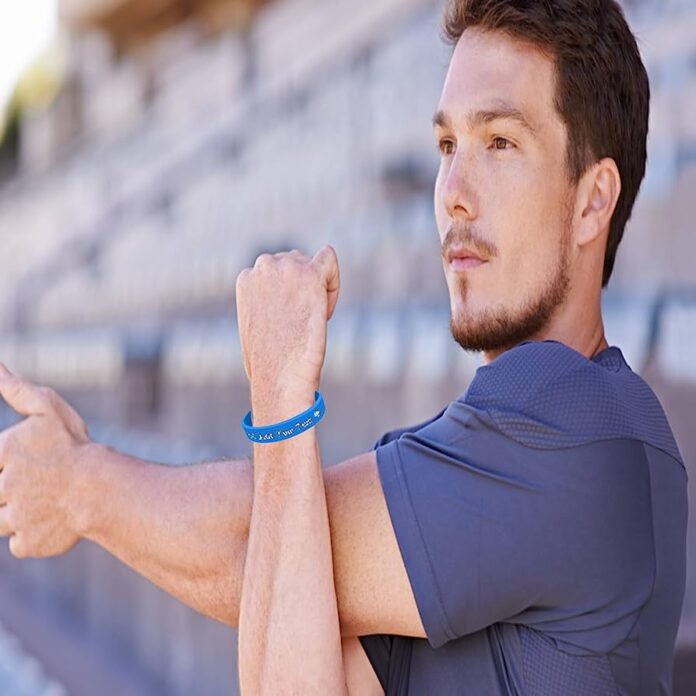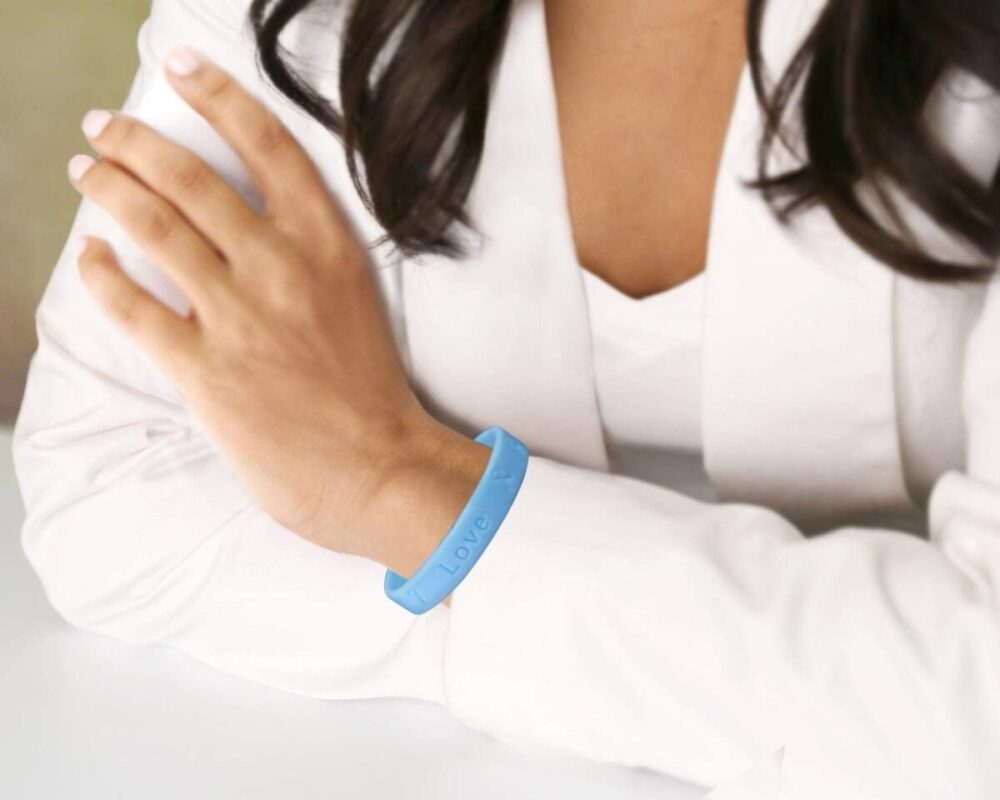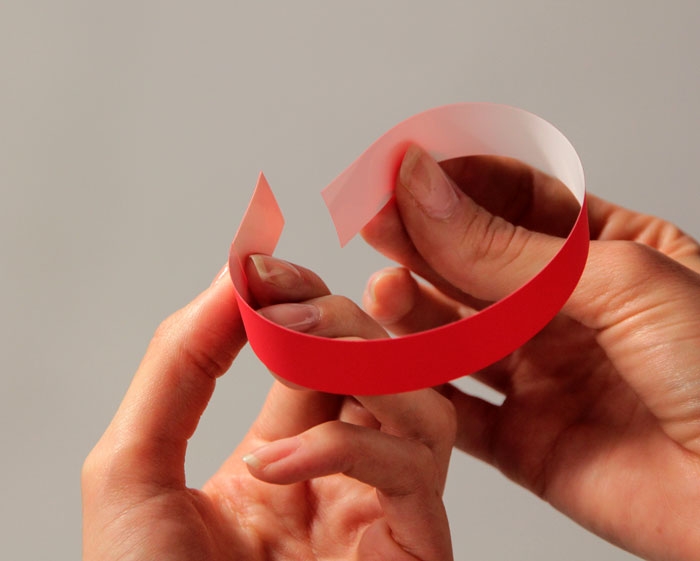
Event wristbands, once a simple tool for identification and access control, have evolved into a multifaceted accessory with a wide range of applications. Initially, these bands were purely functional, designed to ensure security and manage attendees. However, as the event industry has grown and diversified, so too have the roles of these wristbands. They’ve transformed from mere security tools into fashion statements, branding opportunities, and even cherished mementos.
Enhanced Security and Access Control
In the realm of event security, wristbands have become indispensable. They serve as a visual identifier, distinguishing attendees from non-attendees, and can even categorize guests based on access privileges. The advent of Radio Frequency Identification (RFID) technology has further revolutionized their functionality. RFID wristbands can be scanned quickly and easily, reducing queues and enhancing security by preventing ticket fraud. Large-scale events like Coachella and SXSW have successfully utilized RFID kinds, ensuring a secure and seamless experience for thousands of attendees.
Streamlined Event Management

Beyond security, these items have become a key tool for efficient event management. They facilitate ticketless entry, reducing the need for physical tickets that can be lost or damaged. Additionally, those equipped with RFID technology can be linked to a user’s digital wallet, enabling cashless payments for food, merchandise, and other services.
This not only enhances attendee convenience but also provides event organizers with valuable data on attendee behavior and spending patterns. Events like Tomorrowland and Lollapalooza have leveraged these features to streamline operations and improve the attendee experience.
Customization and Branding Opportunities
Wristbands also offer a canvas for creativity and branding. They can be customized with a variety of colors, logos, and slogans, turning each band into a miniature billboard. This not only enhances the aesthetic appeal of the wristbands but also provides a marketing opportunity for event organizers and sponsors. Branded ones can generate brand exposure during and after the event, as attendees often keep their wristbands as souvenirs.
Fashion and Style Statements

The role of wristbands has expanded beyond functionality and branding into the realm of fashion. Attendees often incorporate them into their event outfits, and some even keep them on long after the event as a style statement. This trend has given rise to designer and limited-edition wristbands, blurring the line between event accessory and fashion item.
Environmental Considerations
As the event industry becomes more environmentally conscious, the focus has shifted towards sustainable wristbands. Traditional kinds, often made of plastic, can generate significant waste. In response, many event organizers are turning to eco-friendly materials like fabric, bamboo, and even seed-infused paper. Some events, like Glastonbury Festival, have also implemented wristband recycling programs, encouraging attendees to return theirs after the event for recycling or reuse.
Wristbands as Memorabilia
For many attendees, event wristbands hold sentimental value. They serve as a tangible reminder of the experience, often kept as souvenirs or collected as mementos. This is particularly common at music concerts, festivals, and charity fundraisers, where the wristband can symbolize a shared experience or a worthy cause.








